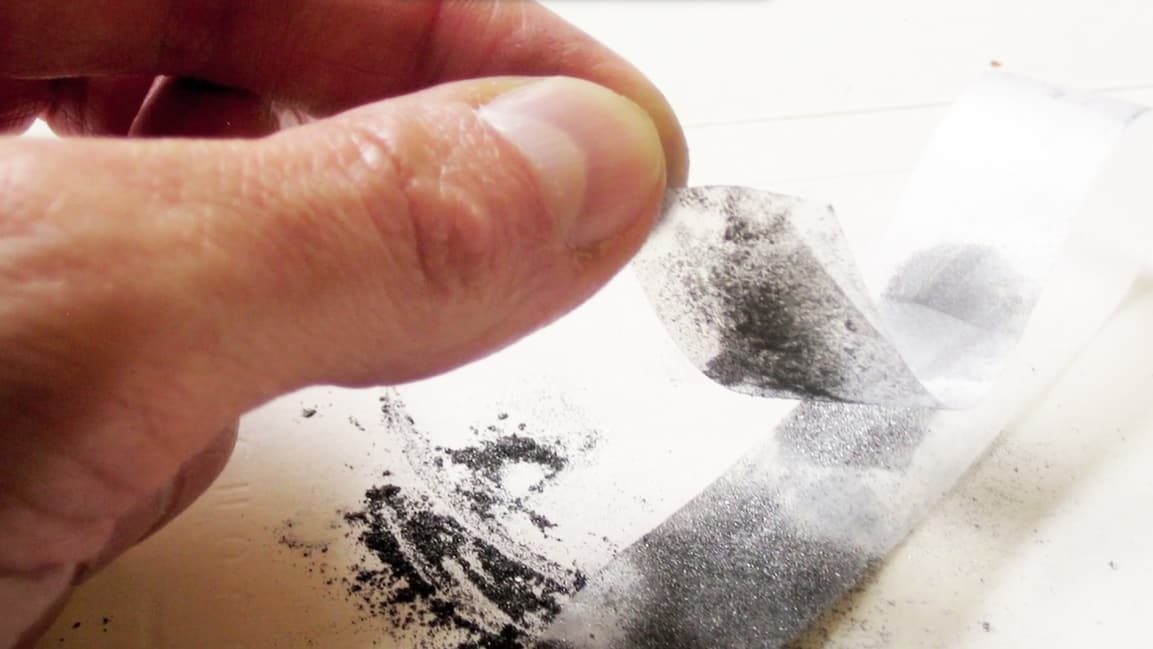- Fri May 27, 2011 11:44 am
#2989
The Future of Graphene
The material graphene was touted as "the next big thing" even before its pioneers were handed the Nobel Prize last year. Many believe it could spell the end for silicon and change the future of computers and other devices forever.
Graphene has been touted as the "miracle material" of the 21st Century.
Said to be the strongest material ever measured, an improvement upon and a replacement for silicon and the most conductive material known to man, its properties have sent the science world - and subsequently the media - into a spin.
Click here to read more:
Source: BBC
Wikipedia
The material graphene was touted as "the next big thing" even before its pioneers were handed the Nobel Prize last year. Many believe it could spell the end for silicon and change the future of computers and other devices forever.
Graphene has been touted as the "miracle material" of the 21st Century.
Said to be the strongest material ever measured, an improvement upon and a replacement for silicon and the most conductive material known to man, its properties have sent the science world - and subsequently the media - into a spin.
Click here to read more:
Source: BBC
Wikipedia
"You never change things by fighting the existing reality. To change something, build a new model that makes the existing model obsolete." R.Buckminster Fuller


